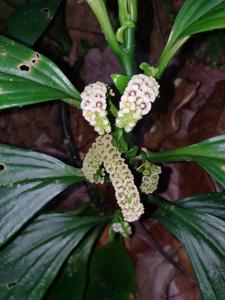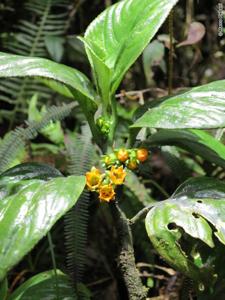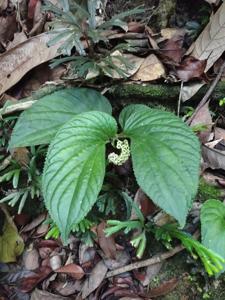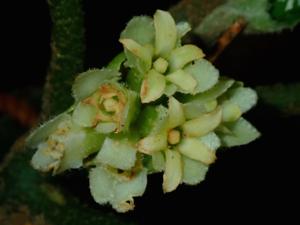Pentaphragma, also known as the “Five-Chamber” plant, has an intriguing story. This unique plant, native to the rainforests of Southeast Asia, gets its name from its remarkable flower structure. It possesses five distinct chambers within its flowers, each containing a separate reproductive part. This evolutionary adaptation allows the plant to maximize its chances of successful pollination by various insects. The intricate design and functionality of Pentaphragma’s flowers have captivated botanists worldwide. As they study its fascinating reproductive strategy, they continue to unravel the mysteries surrounding this extraordinary plant.
Picture




Plant some seeds now!
Multi-Colored Bachelor’s Button
Short Description
Pentaphragma is a genus of flowering plants. Pentaphragma is the sole genus in Pentaphragmataceae, a family in the order Asterales. These species are fleshy herbs, with asymmetrical leaf blades. They are found in Southeast Asia. Pentaphragma is rayless, but eventually develops rays in at least one of the species studied. This is interpreted as related to secondary woodiness or upright habit within a predominantly herbaceous phylad. The vessel elements of Pentaphragma have features universally interpreted as primitive in dicotyledons: scalariform perforation plates with numerous bars; pit membrane remnants in perforations; scalariform lateral wall pitting; the genus also has fiber-tracheids with prominently bordered pits. The presence of occasional scalariform perforation plates, often aberrant, in secondary xylem of families of Asterales sensu lato – Campanulaceae, Pentaphragmataceae, Valerianaceae, and even Asteraceae (e.g., certain Lactuceae) – can be attributed to paedomorphosis, extending these plates into secondary xylem from primary xylem. Raylessness in Pentaphragma can be described in terms of secondary woodiness or paedomorphosis. The fact that fiber-tracheids are shorter than vessel elements in Pentaphragma is believed related to raylessness also, because some fiber-tracheids are produced from ‘potential’ ray areas.



